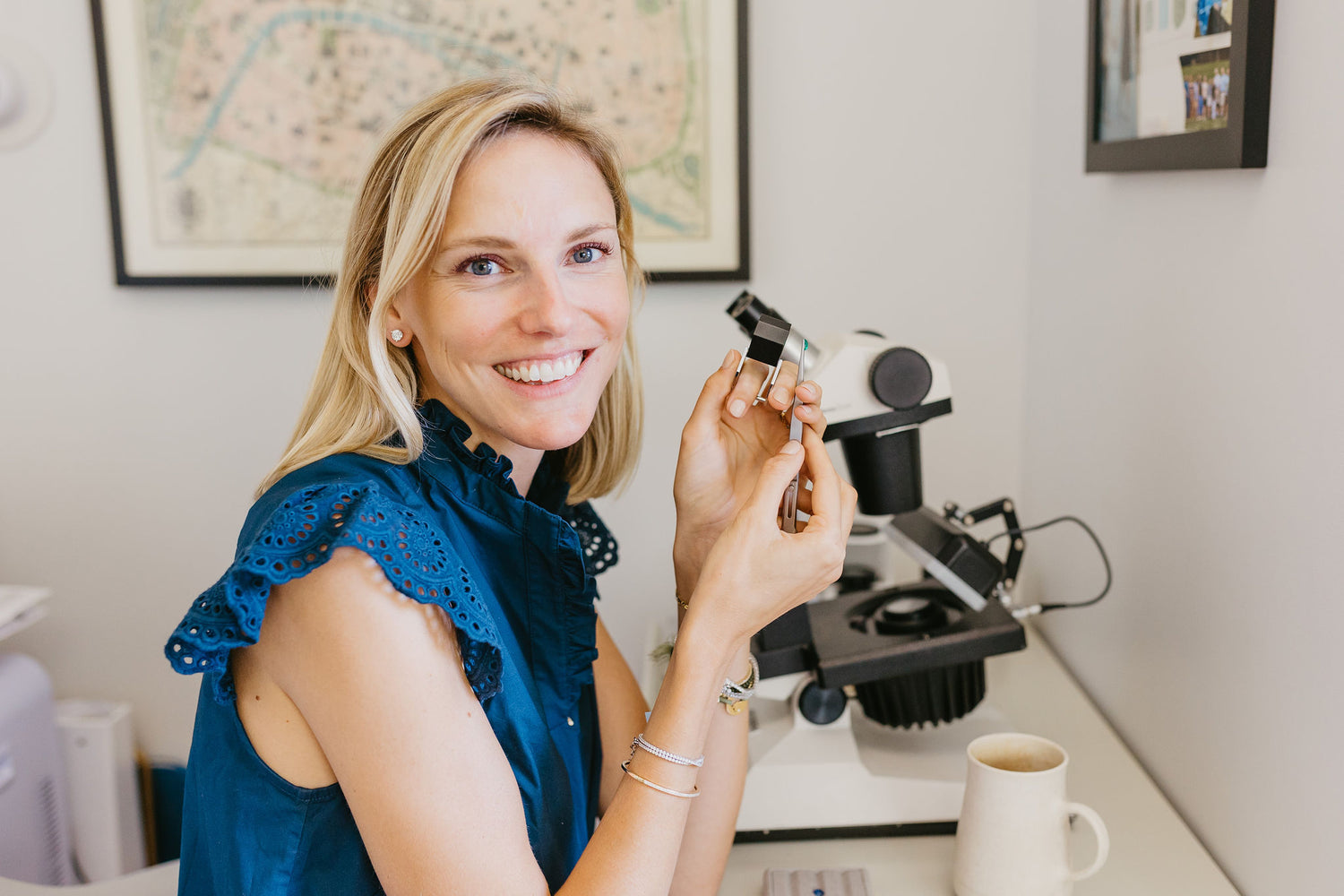Clarity
"Mother Nature Cooks in a Messy Kitchen."
Clarity is how "clear" a diamond is. Diamonds are carbon. So when they're forming, carbon is under immense pressure and heat, which can result in a variety of foreign matter getting inside each rough diamond when forming. These foreign matters are called inclusions and blemishes. When diamonds have better clarity grades, it means that they are more pure carbon.
The effect of inclusions and blemishes (AKA clarity characteristics!) on the clarity grade is based on their:
Size. Generally, the larger and more visible a clarity characteristic is (feather, pin point, cloud, knot, bruise, etc), the lower the diamond’s clarity grade will be.
Number. The more clarity characteristics there are can mean a lower grade, however their visibility is more important than their number.
Position. Inclusions are most visible when they're under the table. If there is an inclusion under the table and near the pavilion, the pavilion facets can act as mirrors and reflect multiple images of the inclusion. This is why we say "location, location, location!"
Nature. The type of a clarity characteristic tells you whether it’s an inclusion (internal) or a blemish (surface reaching), and if it poses any risk to the stone.
Color or Relief. The more an inclusion differs in color from its host, the more obvious it is, therefore decreasing it's clarity grade. Relief is the contrast between the inclusion and the stone. The greater the relief, the more it will affect the clarity grade. While most inclusions are white or colorless, there are black, brown, red, or sometimes even green inclusions. Call me a romantic, but I love the idea of a garnet inclusion in a diamond for an engagement ring if the giver's birthday is in January.
There is no "one size fits all" clarity characteristic for each grade -- that is why it's so important to look at each stone in person and decide which is right for you. To the naked eye, a VS1 and an SI2 can look very similar, but their clarity characteristics are very different from one another. One diamond graded SI1 can look totally different from another graded SI1. These features not only help you identify which stone is yours, but can help you understand how quality translates to price.

